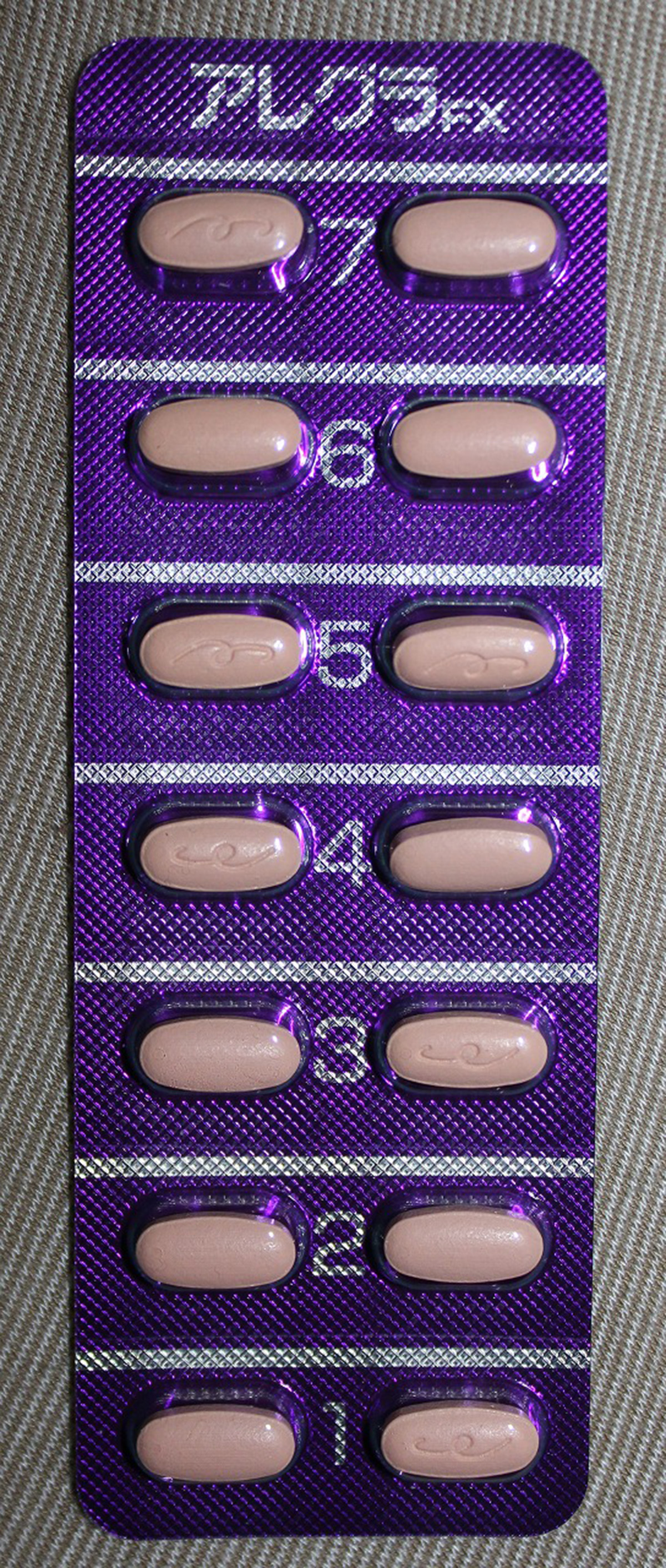
Antihistamines and decongestants are widely used medications that are available over-the-counter. They are generally used to treat symptoms of upper respiratory infections. Some people prefer antihistamines, while others usually go for decongestants. Both medications have their advantages and side effects.
The most common problems affecting the upper respiratory tract, meaning nose, mouth and throat, as well as sinuses, are common cold and flu, usually in the winter, while in spring and summer they suffer from seasonal allergies like hay fever. Both decongestant and antihistamine medications can be very effective against the symptoms of these conditions. However, their chemical composition is different, and so is their action on symptoms like sneezing, runny nose, watery eyes, congestion, coughing, sore and itchy throat.
About antihistamines
Histamine is a natural antibody whose release can be triggered by foreign agents recognized by the body as harmful or negative. When histamines are released, they dilate small blood vessels in the eyes, nose and skin, causing symptoms of allergy or cold.
The role of antihistamines, as their name suggests, is to block the release of those antibodies, and provide relief from the symptoms like itchy and watery eyes and nose, and sneezing. For best results, people who have allergies usually take antihistamines before the onset of the symptoms.
The most popular first generation antihistamines are Diphenhydramine and Chlorpheniramine, but today the second generation of antihistamines, like loratadine, fexofenadine, and certirizine, are considered more effective and have less side effects.
Side effects of antihistamine include dizziness and drowsiness, which is why they are not suitable for daytime use or for activities which require mental alertness. Also, antihistamines should not be combined with antidepressants, sedatives or tranquilizers.
About decongestants
One of the effects of viruses and bacteria that cause upper respiratory infections is widening and inflammation of blood vessels in the membranes of nasal passages. The lining swells and expands, and produces larger amount of mucus and fluid, which leads to congestion and difficulty breathing.
Decongestants reduce swelling and narrowing of nasal passages, which allows the air flow to pass normally.
Before some of its negative side effects and health risks were discovered, Phenylpropanolamine (PPA) was the most popular decongestant. Today most people prefer pseudoephedrine and phenylephrine.
Unlike antihistamines, decongestants should be taken during the day and not before bedtime. This is because it acts as a stimulant and increases the heart rate.
Decongestants should be avoided by those who suffer from high blood pressure, thyroid problems, heart disease and glaucoma.
Keeping in mind how each of these medications work and what their possible side effects are, now it should be easy to choose one when symptoms of cold, flu, sinusitis or allergy occur.



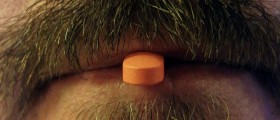
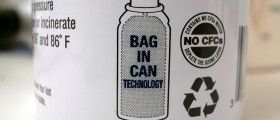
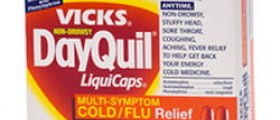


-Help-Treat-Your-Cold-Or-Flu_f_280x120.jpg)




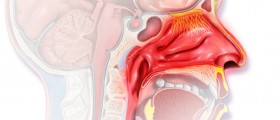

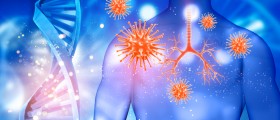
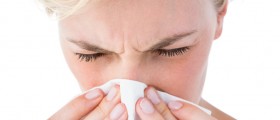
Your thoughts on this
Loading...